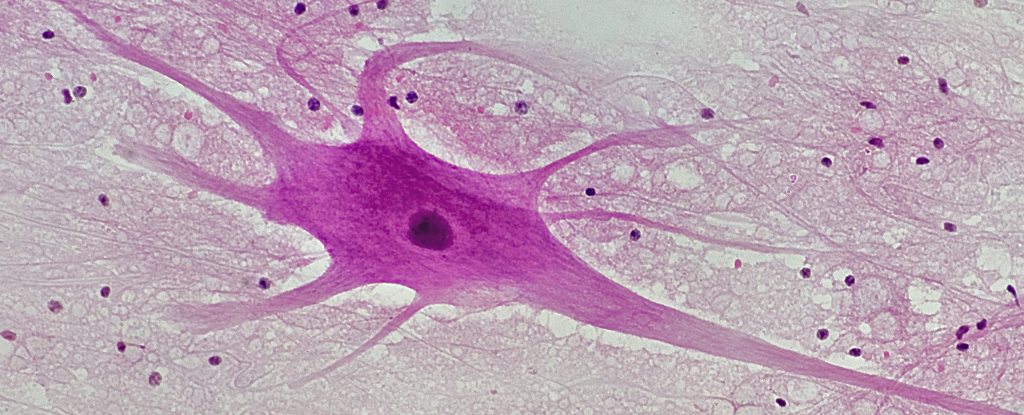Researchers have identified a series of blood markers that betray the presence of Parkinson’s disease up to seven years before most symptoms present. If findings from this small study can be replicated in larger populations, a simple blood test could be developed to identify those at risk.
With around 10 million people impacted by Parkinson’s globally, there is an urgent need to develop better treatments and preventative strategies. One of the reasons this has proved challenging is our inability to identify people at risk of Parkinson’s early enough to trial mitigation strategies.
So, University College London biochemist Jenny Hällqvist and colleagues used machine learning models to find eight proteins in our blood that change as Parkinson’s disease progresses.
By the time the average person is diagnosed with Parkinson’s, they have already lost more than 60 percent of the dopamine-producing cells in a part of their brain known as the substantia nigra.
Before this nerve degeneration starts causing physical symptoms, however, there is a premotor stage with more subtle impacts. These include mood disturbances and disruptions in sleep, called REM (rapid eye movement) sleep behavior disorder.
Comparing the blood from 99 people with recently diagnosed Parkinson’s, 72 people with REM sleep behavior disorder, and 26 healthy controls, the researchers identified 23 potential biomarkers.
They then narrowed these candidates down to the most reliable combination of blood markers with the help of the machine learning model. Combined, the resulting eight biomarkers allowed the researchers to predict which patients with REM sleep behavior disorders would go on to develop Parkinson’s disease with nearly 80 percent accuracy – well before they started to have visibly physical symptoms.
The biomarkers the researchers identified are proteins involved in inflammation, blood clotting, and cell developmental biochemical pathways. Some of them increased along with symptom severity and reduced cognitive performance.
Two of the biomarkers, HSPA5 and HSPA1L, signal the protein producing cell-organ called the endoplasmic reticulum is in a stressed condition. Misfolded α-synuclein protein – a well-known characteristic of Parkinson’s disease – has previously been shown to stress the endoplasmic reticulum.
“This powerful combination of multiple well-selected biomarkers with state-of-the-art machine-learning bioinformatics, allowed us to use a panel of eight biomarkers that could distinguish early Parkinson’s disease from healthy controls,” Hällqvist and team conclude.
While tests of cerebrospinal fluid can already detect signs of Parkinson’s disease early on, this requires an invasive procedure that is not easily accessible. A simple blood test on the other hand would provide more people with access to early diagnosis and allow repeated monitoring over the long term.
But while several previous studies have tried to make blood tests, skin swabs, or eye tests, that can detect Parkinson’s in its earliest stages, none have so far made it into clinical practice.
Such a test would be incredibly useful to researchers working to develop preventative treatments, with the hope of slowing Parkinson’s progression in patients well before this devastating neurodegenerative disease becomes debilitating.
This research was published in Nature Communications.

















.png)


Discussion about this post